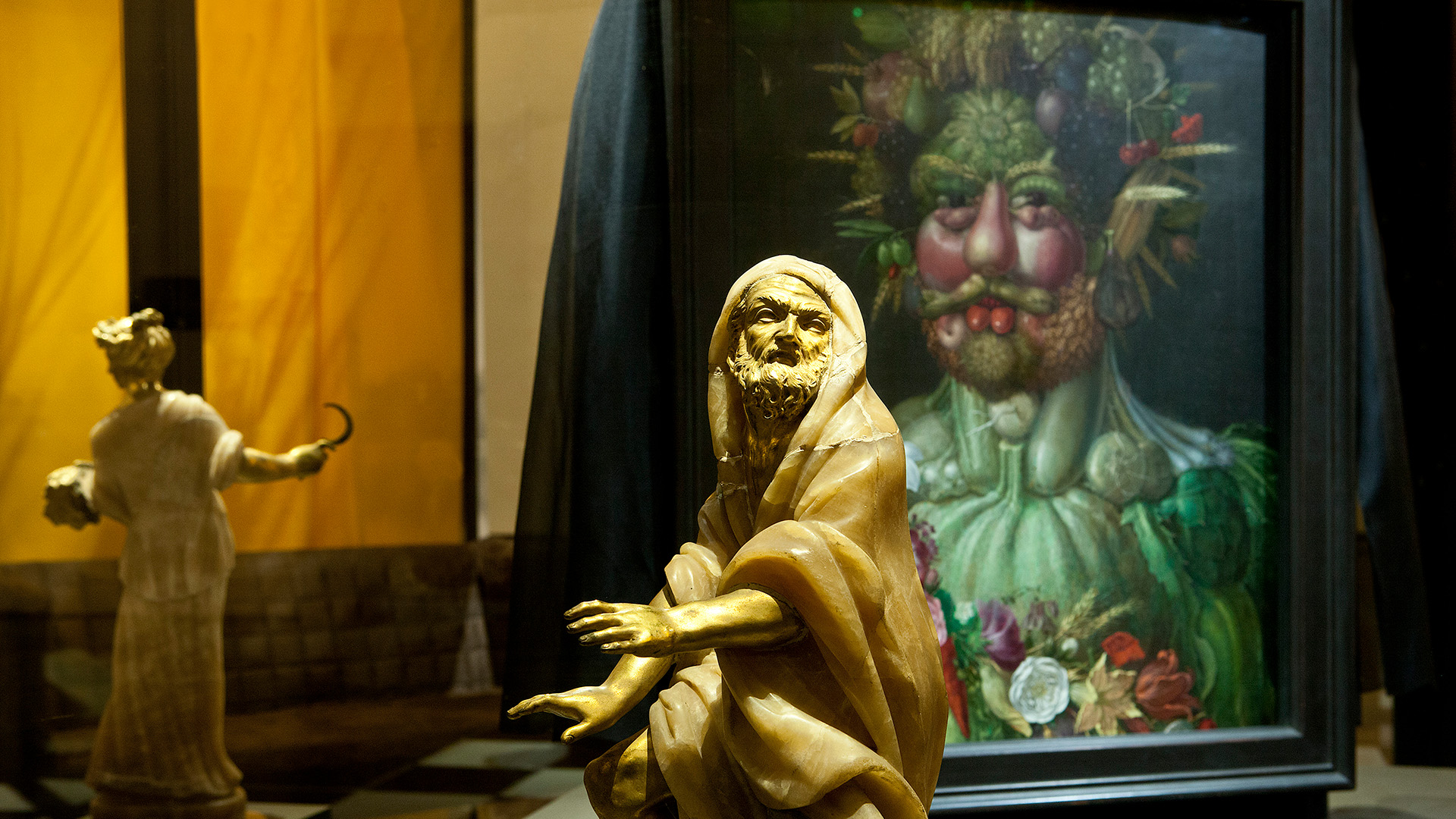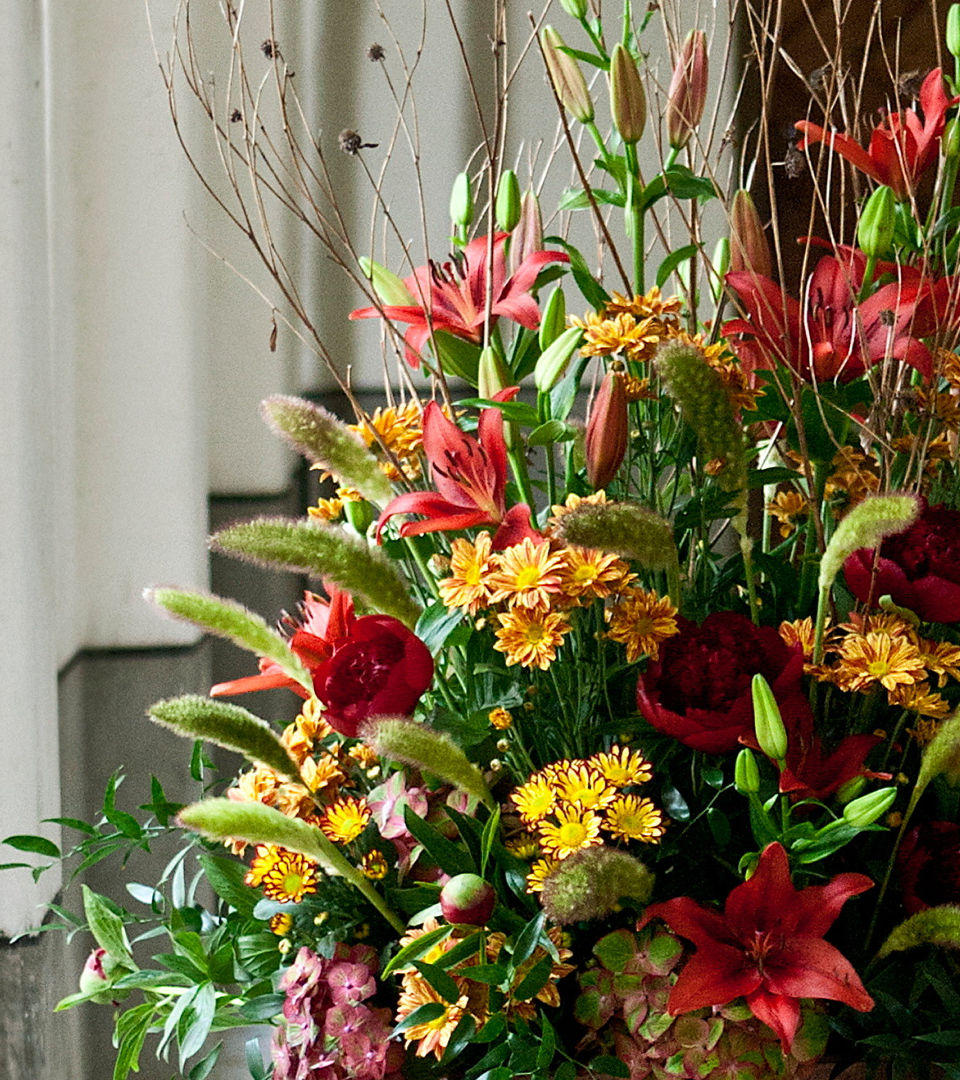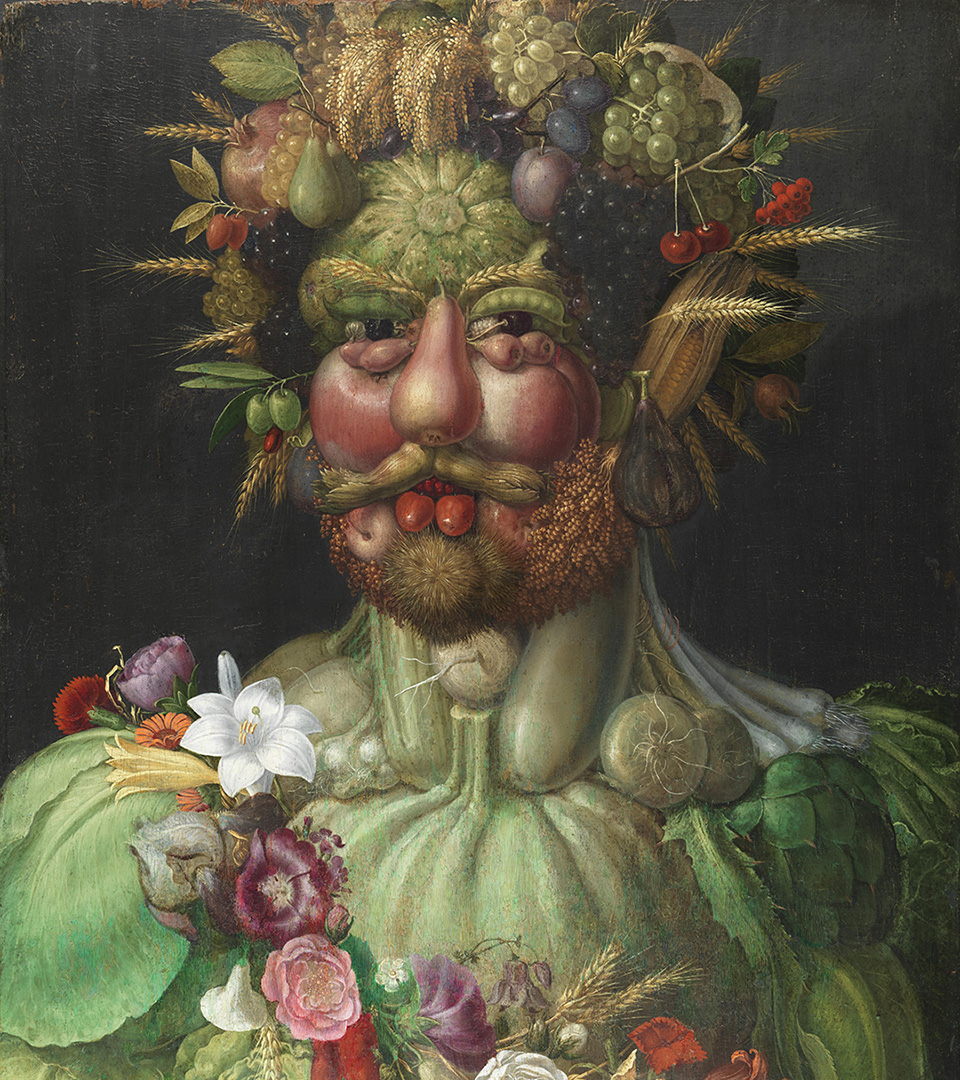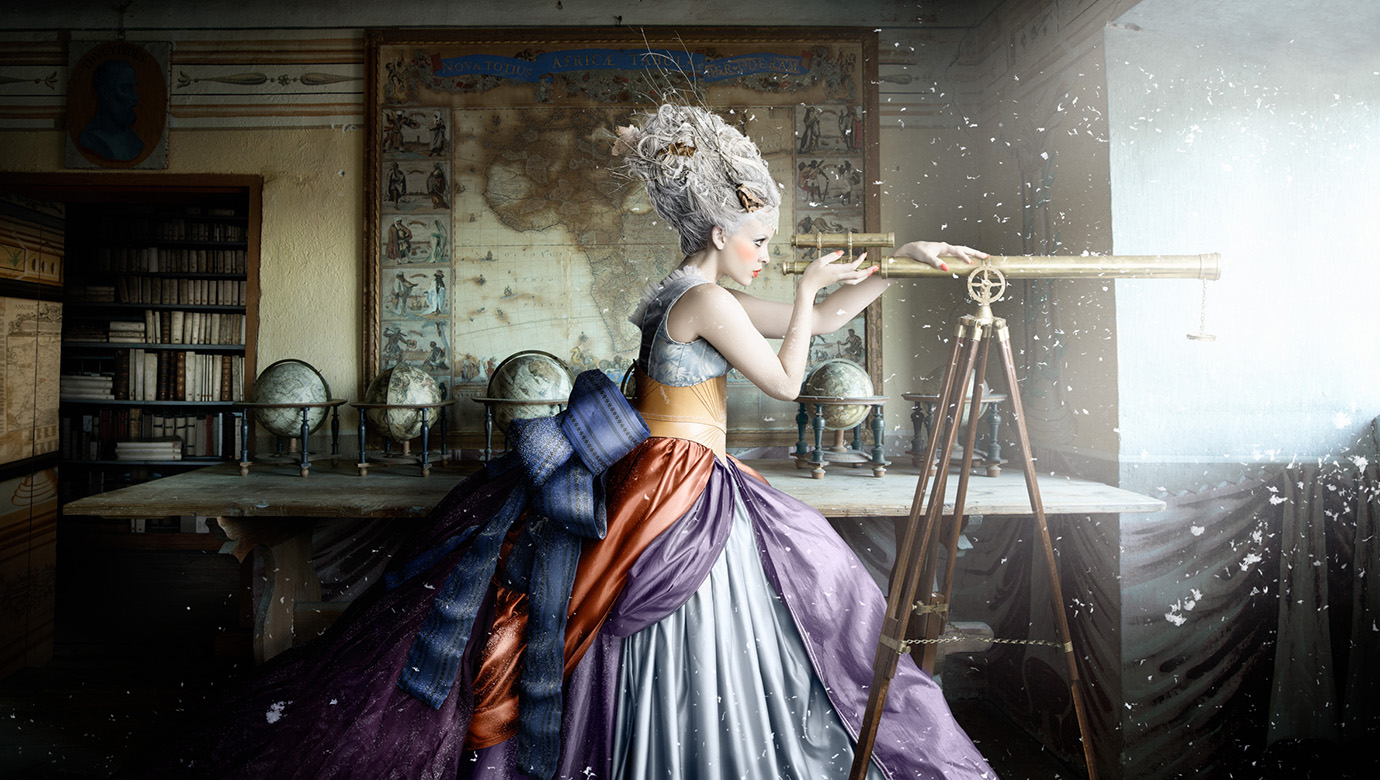Spectacular Sculptures of the Seasons
The painting and its history were displayed together with modern art inspired by Arcimboldo’s work. The American artist Philip Haas contributed his sculpture group “The Four Seasons” in a smaller format – new interpretations of Arcimboldo’s paintings of the four seasons.
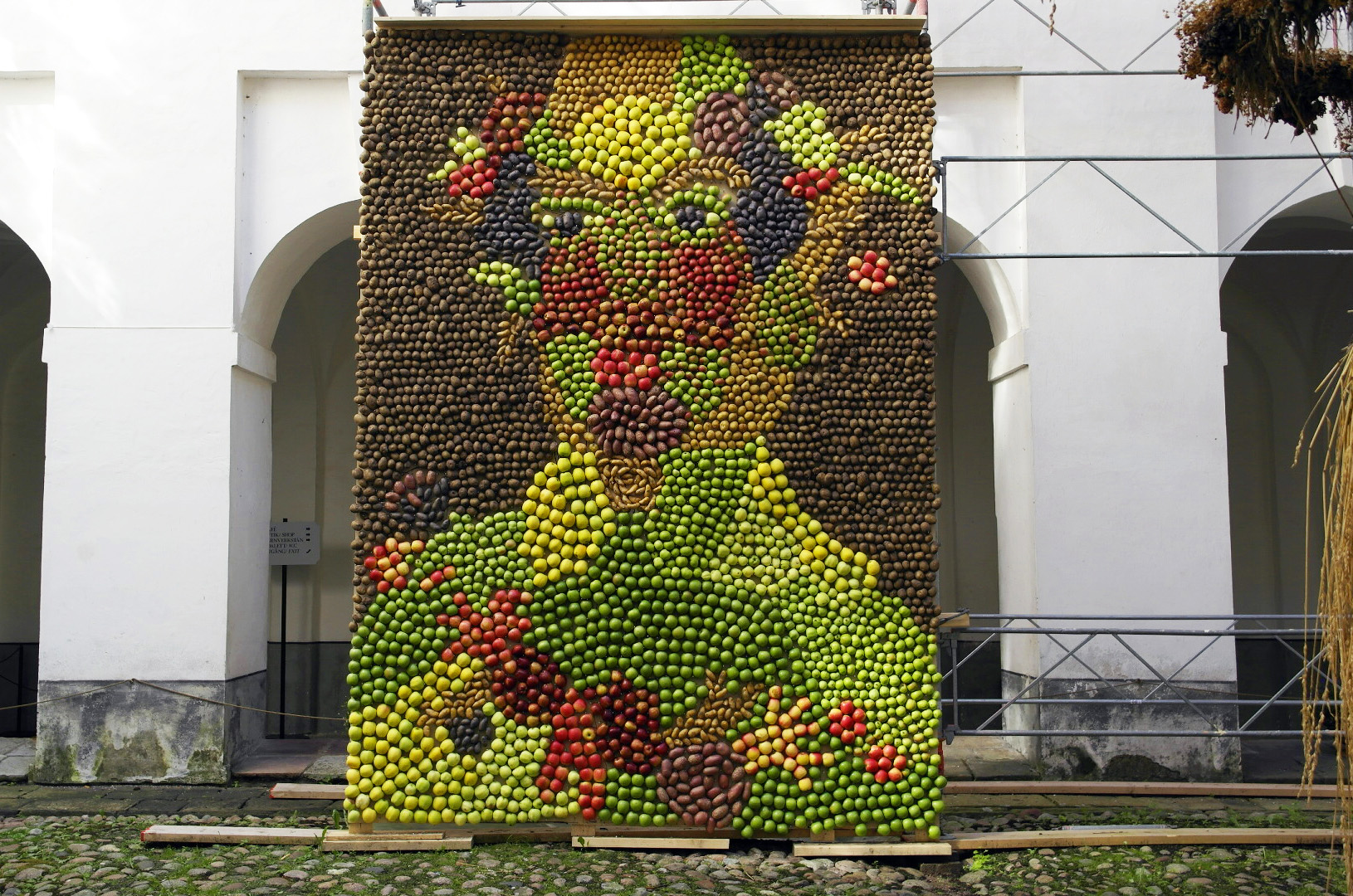
From Prague to Skokloster Castle
Vertumnus, a transformation portrait of the German Holy Roman Emperor Rudolf II of Hapsburg (1552-1612), is one of the world’s best known paintings. The artist Giuseppe Arcimboldo (1527-1593), came from Milan to the court of Vienna and then to Prague, where an intellectual centre for art, crafts and science in Europe was created. The painting came to Sweden and to Skokloster Castle together with a considerable art collection. The exhibition was displayed in the castle courtyard and in three exhibition rooms on the ground floor. Described here is the time when the painting was created, the court in Prague and Vertumnus’ path to Skokloster Castle.
We would like to thank the Friends of Skokloster Castle, Håbo Marknads AB/Håbo municipality - Centre in Mälardalen for residents and companies, Håbo Buses, Econova Weibulls and Dramatens Kostymförråd who have contributed to the exhibition.
Header photo: Jens Mohr, Skokloster Castle/SHM (CC BY)
